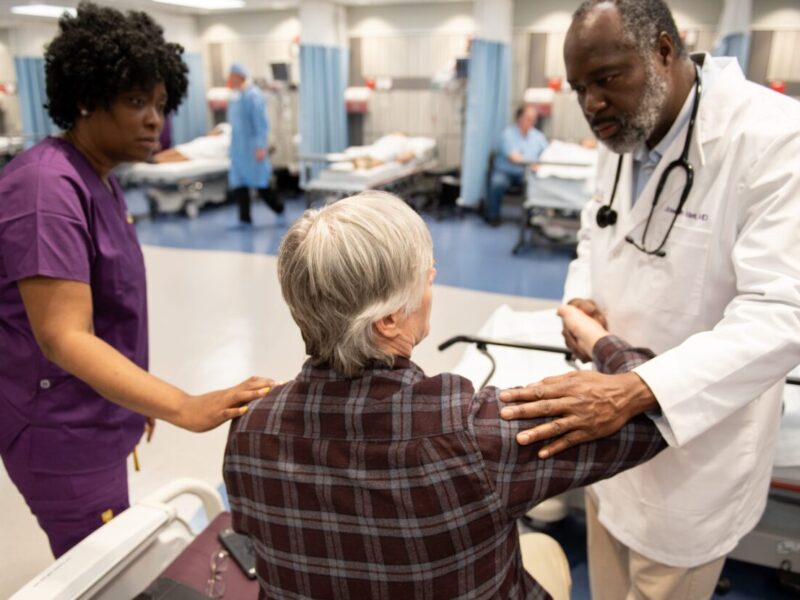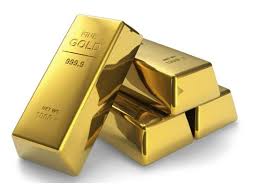In a world that moves at an ever-accelerating pace, finding moments of calm can be a challenge. Enter the ancient practice of 다낭 여자—an age-old tradition that has evolved into a sophisticated science and art form, offering more than just a respite from stress.
The Origins and Evolution
Massage therapy dates back thousands of years, with evidence of its practice found in ancient Egyptian, Chinese, and Indian cultures. In these early societies, massage was used for both medicinal and spiritual purposes. The Chinese, for instance, integrated massage into their traditional medicine, believing it to balance the body’s energy, or “qi.” In India, the Ayurvedic tradition embraced massage as a means of promoting physical health and mental well-being.
Over time, these diverse techniques melded and evolved, influenced by the cultural exchanges of the Silk Road and the Age of Exploration. In the 19th and 20th centuries, massage became more standardized, incorporating findings from anatomy and physiology to develop modern therapeutic practices.
The Science Behind the Touch
Massage therapy is grounded in a solid scientific understanding of human anatomy. The physical benefits are multifaceted:
- Muscle Relaxation: By manipulating the muscles and connective tissues, massage helps to release tension, increase blood flow, and promote relaxation. This can be particularly beneficial for those experiencing chronic pain or muscle soreness.
- Stress Reduction: The act of receiving a massage triggers the release of endorphins—natural mood lifters that promote feelings of well-being. It also reduces levels of cortisol, the stress hormone, making it an effective tool for managing stress.
- Improved Circulation: Massage aids in improving blood flow and lymphatic drainage, which can enhance overall circulation and support the body’s natural healing processes.
- Enhanced Flexibility: Regular massage can improve flexibility and range of motion by stretching the muscles and connective tissues, which can be especially beneficial for athletes or individuals with sedentary lifestyles.
Beyond the Physical: Emotional and Psychological Benefits
Massage is not just a physical treatment; it also has profound emotional and psychological benefits. It creates a space for personal connection and relaxation, allowing individuals to disconnect from daily stressors. The calming environment of a massage session often leads to improved mental clarity and emotional balance.
- Emotional Release: Many people report experiencing emotional release during or after a massage. This can be attributed to the deep relaxation and the therapeutic touch, which helps to unlock and address stored emotions.
- Improved Sleep: The relaxation and stress reduction achieved through massage can lead to better sleep quality. By promoting deep relaxation, massage can help alleviate insomnia and other sleep disorders.
- Enhanced Mood: Regular massage can help manage symptoms of anxiety and depression. The therapeutic touch and the release of endorphins contribute to an improved mood and a greater sense of overall well-being.
Exploring Different Techniques
Massage therapy encompasses a wide range of techniques, each offering unique benefits:
- Swedish Massage: Known for its gentle and relaxing strokes, Swedish massage is ideal for reducing overall stress and improving circulation.
- Deep Tissue Massage: This technique targets deeper layers of muscle and connective tissue, making it effective for chronic pain and muscle tension.
- Shiatsu: A Japanese technique that uses finger pressure on specific points along the body’s energy pathways to restore balance and promote healing.
- Aromatherapy Massage: Combining essential oils with massage techniques, this approach aims to enhance relaxation and address specific emotional or physical concerns.
- Sports Massage: Tailored to athletes, this technique focuses on preventing and treating injuries, enhancing performance, and reducing recovery time.
The Future of Massage Therapy
As the field of massage therapy continues to evolve, there’s a growing emphasis on integrating technology and evidence-based practices. Advances in research and the development of new techniques promise to enhance the effectiveness of massage therapy further. From integrating virtual reality into relaxation techniques to using biofeedback to tailor treatments, the future of massage therapy holds exciting possibilities.
Conclusion
Massage is much more than a luxury or a temporary escape from daily stresses—it’s a powerful tool for physical health, emotional balance, and overall well-being. Whether you’re seeking relief from chronic pain, looking to enhance your athletic performance, or simply in need of a moment to unwind, massage therapy offers a holistic approach to nurturing both body and mind. Embracing this ancient practice can lead to profound benefits that resonate throughout your entire life.

